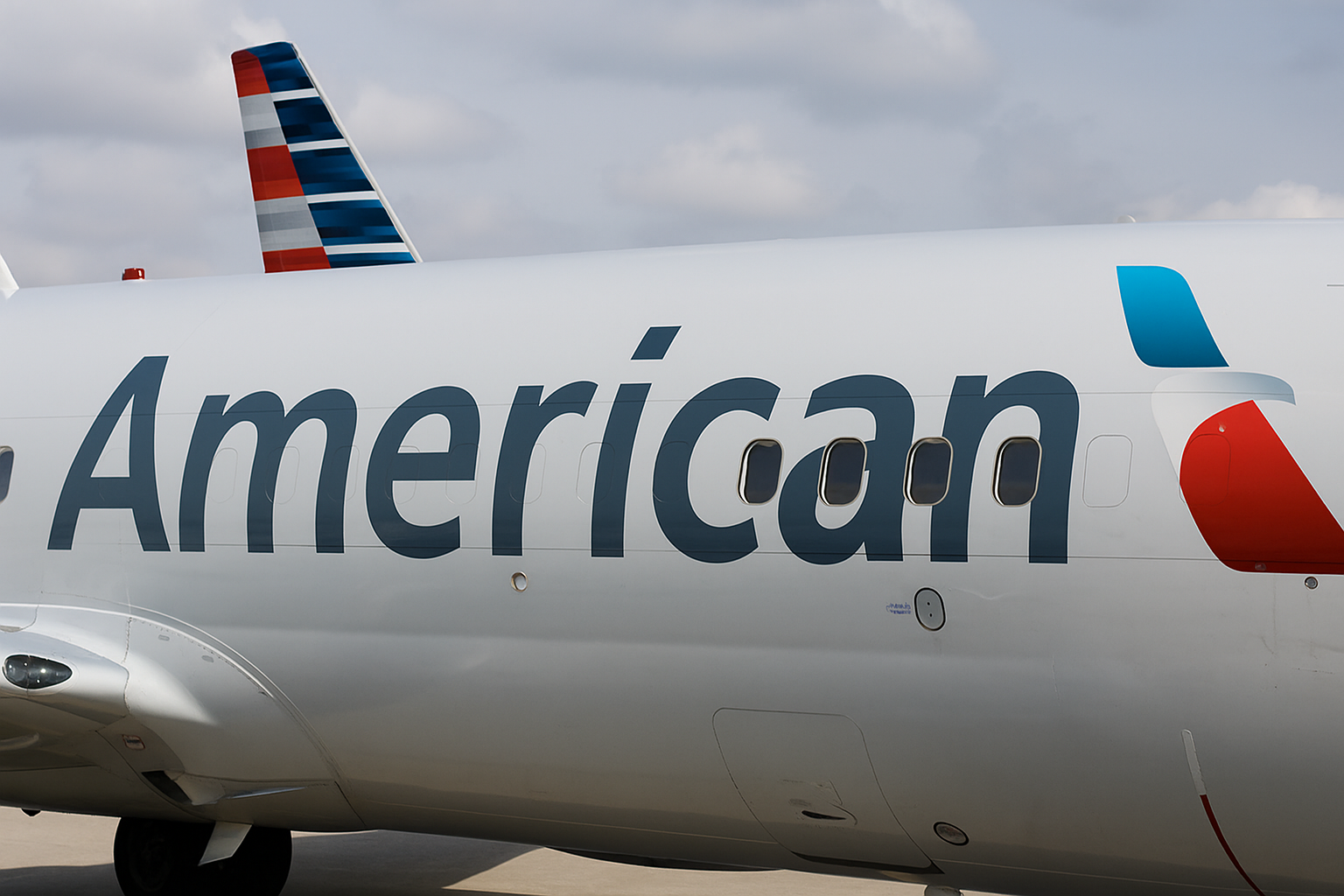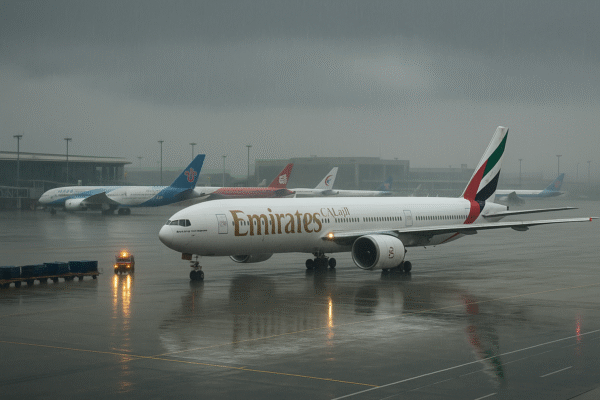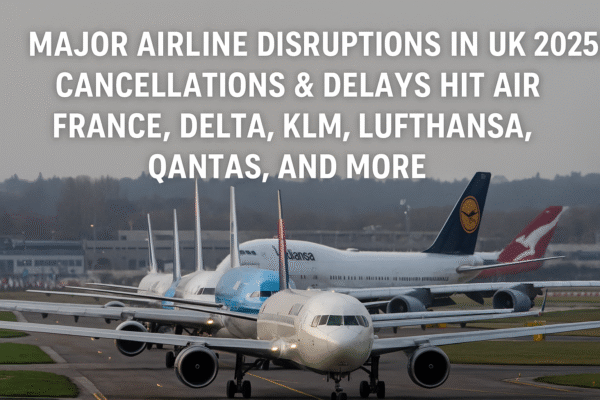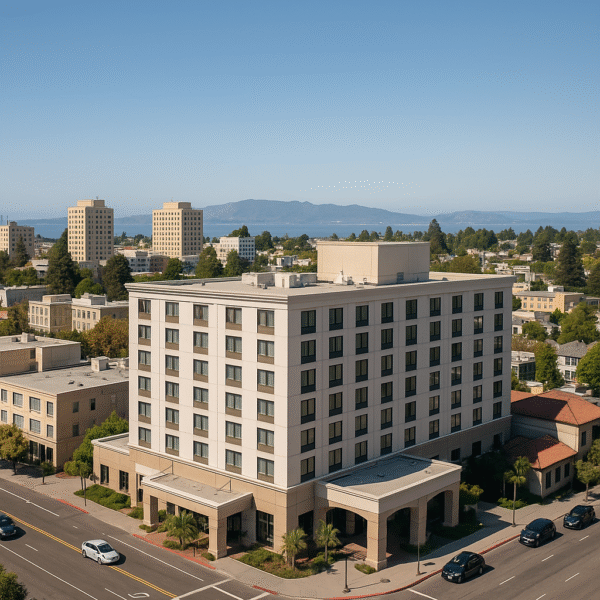Berkeley, California — While many Bay Area cities continue to grapple with the fallout of the pandemic, Berkeley’s hotel industry is proving to be a beacon of resilience. Despite rising operational costs and a slowdown in business and leisure travel, this college town is showcasing a unique path to recovery that sets it apart from nearby tourism hubs like San Francisco and Oakland.
Since 2020, the hospitality sector across Northern California has experienced a volatile period marked by business closures, labor shortages, and unpredictable visitor patterns. Berkeley, however, has managed to maintain a relatively stable footing. Thanks largely to its unique status as home to the prestigious University of California, Berkeley, the city continues to attract a steady flow of students, visiting families, academics, and researchers.
Pandemic Impacts and Financial Headwinds
Berkeley’s hotel industry has not been immune to broader economic pressures. Several properties, including the DoubleTree by Hilton at the Berkeley Marina, have faced financial hardship. Earlier this year, the DoubleTree stopped making rent payments on its city-leased waterfront property and faced the risk of default on a $48.3 million loan. Similarly, the University Inn and Suites in West Berkeley filed for bankruptcy in June 2025, mirroring national trends that have seen smaller hotels struggling to stay afloat.
Compounding these issues, several large Berkeley hotels halted payments on their transient occupancy taxes (TOT), creating a budgetary shortfall for the city’s tourism revenue. Berkeley’s hotel tax income remains below pre-pandemic levels, according to city finance data.
College Town Advantage: A Buffer Against Tourism Volatility
Unlike San Francisco, which saw a sharp drop in convention and international business travel, Berkeley has benefited from a consistent stream of university-related visitation. Events tied to the UC Berkeley academic calendar—including move-ins, graduations, symposiums, and sporting events—continue to fill rooms.
According to Visit Berkeley, the city’s tourism bureau, occupancy rates in the first half of 2025 were lower than in 2019, but average daily room rates (ADR) and revenue per available room (RevPAR) remained relatively stable compared to other Bay Area cities. This suggests that while volume declined, the value of Berkeley’s visitor economy held firm.
Shifts in Hotel Inventory and Accommodation Models
The city has also seen slight growth in hotel inventory, which is helping to offset the loss of struggling or shuttered properties. Notably, the opening of the Residence Inn by Marriott Berkeley in 2021 added much-needed extended-stay capacity downtown. The property has played a key role in meeting the demand for flexible accommodations, particularly from academics and international visitors.
As of mid-2025, Berkeley has 1,514 hotel rooms—up from 1,471 in 2019. This growth, although modest, underscores the city’s capacity to attract long-term investment in its tourism infrastructure.
However, not all properties have weathered the storm. The historic Bancroft Hotel, directly across from the UC Berkeley campus, closed and is slated for conversion into student housing. This reflects a growing regional trend: reconfiguring underperforming hotels into housing, especially in high-demand student neighborhoods.
Rising Costs Add Operational Pressures
Inflation has exacerbated operational challenges for Berkeley’s hoteliers. Labor shortages, insurance hikes, and elevated supply chain costs have squeezed profit margins. As the cost of doing business increases, especially for mid-range and independent properties, some have struggled to stay competitive with short-term rentals such as Airbnb.
In response, several Berkeley hotels have pivoted to longer-term stays and adopted hybrid models. The Residence Inn, for example, now caters not only to tourists but also to students and faculty seeking month-to-month options. This model offers pricing flexibility and reflects changing traveler expectations in the post-COVID era.
Strategic Marketing and Inclusive Tourism
Berkeley’s tourism authorities have strategically targeted niche travel segments to boost visitation. Visit Berkeley has focused on attracting international tourists from Canada and Mexico, while also building on the city’s reputation as an inclusive and LGBTQ+-friendly destination.
This targeted marketing aligns with Berkeley’s progressive identity and appeals to travelers seeking safe, welcoming spaces. The city also continues to leverage its cultural and academic appeal through events, culinary tourism, and proximity to the San Francisco Bay and regional parks.
Increased investment in Visit Berkeley’s digital marketing and partnerships with local businesses has helped maintain visibility and attract both regional and international visitors.
Outlook: A Model of Adaptive Recovery
Compared to San Francisco and Oakland—both of which have seen major dips in occupancy and ongoing downtown vacancy issues—Berkeley’s hotel industry stands out for its balanced recovery. The blend of university-driven demand, new inventory, and adaptive hospitality models offers a promising outlook for long-term growth.
Berkeley’s tourism recovery also reflects broader industry trends: prioritizing flexibility, targeting specific visitor segments, and integrating sustainability. According to the California Travel and Tourism Commission, college towns like Berkeley may be best positioned for post-pandemic travel demand due to built-in visitation cycles and strong community identities.
Conclusion
While challenges remain—particularly in the form of rising costs and increased competition—Berkeley’s hotel sector is recovering with notable resilience. The city’s steady demand from university visitors, cultural events, and an inclusive tourism strategy is helping Berkeley not only rebound but redefine itself in a shifting travel landscape.
As the Bay Area continues its tourism recovery journey, Berkeley offers a compelling case study in adaptability, niche marketing, and the advantages of a strong educational and cultural foundation. With steady visitor flow and forward-thinking hospitality models, Berkeley’s hotel industry is charting a path to long-term success.
For more travel news like this, keep reading Global Travel Wire















